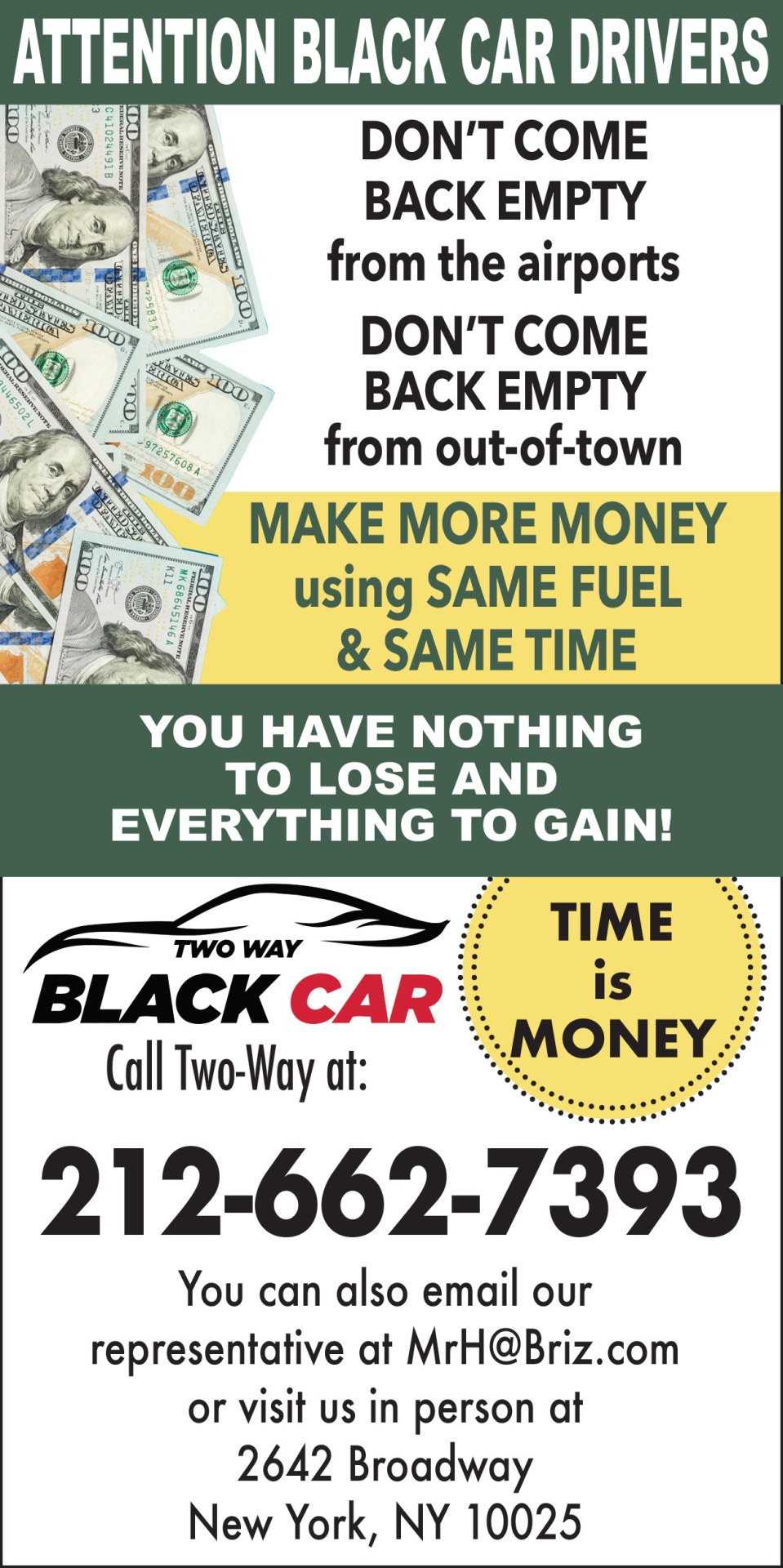Uber reportedly generated over $2.8 billion in operating cash flow during the first three quarters of 2023, while posting a 21% increase in global bookings. On his most recent earnings call, CEO Dara Khosrowshahi attributed his company’s success to “the growth flywheel we built, coupled with rigorous cost discipline, enabling us to generate strong leverage to exit the year with tremendous momentum and reliable execution.” According to an article in Forbes, however, Mr. Khosrowshahi was hiding “inconvenient truths behind limited, vague, and misleading scripted talking points that use different terms than how U.S. drivers think about their job.”
Forbes says Uber is “disguising yet another pay cut, and allowing Uber to take a much bigger cut of passenger fares for itself.”
In a recent interview, Khosrowshahi claimed “the average driver in the U.S. last quarter, made between $33 and $34 per utilized hour” and that “not including commercial insurance costs that are very expensive, our take rate is about 15%.” Forbes contends Khosrowshahi’s first statement dodges the fact Uber decreased U.S. driver pay per trip by nearly 12% in Q3 2023, and overstates what drivers can expect to be paid per working hour, net of high and increasing operating expenses. Forbes estimated that Uber’s actual U.S. take rate in Q3 2023 was 40%, not 15%.
Forbes quotes two data analytics companies – YipitData and Gridwise – who have been tracking U.S. “gig” companies for years, and provide databases that enable an independent, credible assessment of Uber’s pricing and pay trends.
Since going public, Uber has faced urgent investor demands for profitability as the Fed reversed its zero-interest rate policy in 2022. Saddled with a stock price 45% below its IPO listing level, Khosrowshahi drafted a memo to Uber staff in May 2022, committing the company to rein in costs in the face of a “seismic shift” in financial markets. Over the ensuing year, Khosrowshahi delivered on his promise. In Q3 2023, Uber more than doubled its global operating cash flow to nearly $1 billion, driven in large part by substantial cuts in U.S. app-hail driver pay per trip, by 11.9% YOY, according to Gridwise data. Uber’s most recent pay cut was enabled by a new pay policy called “upfront fares plus destination” (UFD), which Uber began rolling out in the U.S. late last year. Like its 2016 upfront passenger pricing predecessor, UFD decouples driver base pay from time and distance rate cards, relying instead on an AI-powered algorithm that sets overall upfront pay for each trip based on a number of unspecified factors, including time and distance.
Although this provides Uber’s drivers with upfront information on the passenger’s destination address, predicted trip time and distance, and pay amount, drivers have only seconds to respond to trip offers, with the fear, fueled by anecdotal evidence, that refusing too many trips may put them in a “penalty box” of unknown duration, ghosted from receiving additional offers. When a driver refuses an offer, other drivers can bid for the same trip, pitting them against each other in a race to the bottom. In other words, the Forbes article says, by decoupling driver pay from actual trip time and distance, UFD gives Uber broad discretionary control over setting trip pay to the lowest level any driver is willing to accept for app-hail trips.
In response to the Forbes article, Uber said it strongly disagreed with the findings: “Uber’s take rate is nowhere near 40%: The fundamental premise of the piece, that Uber has achieved profitability by increasing the percentage of the total rider fare that it gets from drivers, is fundamentally false. On a global basis, that percentage in Q3 2023 was 21%, lower than what we publicly reported in Q3 2019 and for full-year 2018. We don’t publicly report a U.S. & Canada-only take rate, but I can confirm that it’s in fact lower than 33%.”
Uber further stated that: “When we first launched Upfront Fares in some cities in the U.S. last year, we compared driver earnings to similar cities that still had fixed time and distance rates for drivers. We did not see a significant change in per-trip earnings, but we did see an increase in the number of driving hours, suggesting drivers appreciated the changes made. As drivers know, earnings on Uber vary as marketplace conditions change.”
Forbes concluded by saying, “When researchers provide independent assessments of Uber’s operations based on third-party information, the company predictably dismisses their validity while refusing to provide a counterfactual rebuttal from its own proprietary data. [Khosrowshahi] deserves credit for putting more emphasis on profitability through cost-cutting, divestitures of non-core businesses, and abandoning unprofitable markets. But Uber’s CEO has not been forthcoming on the extent to which his company’s profit improvements have been driven by passenger price hikes and driver pay cuts.”
Source: Forbes

